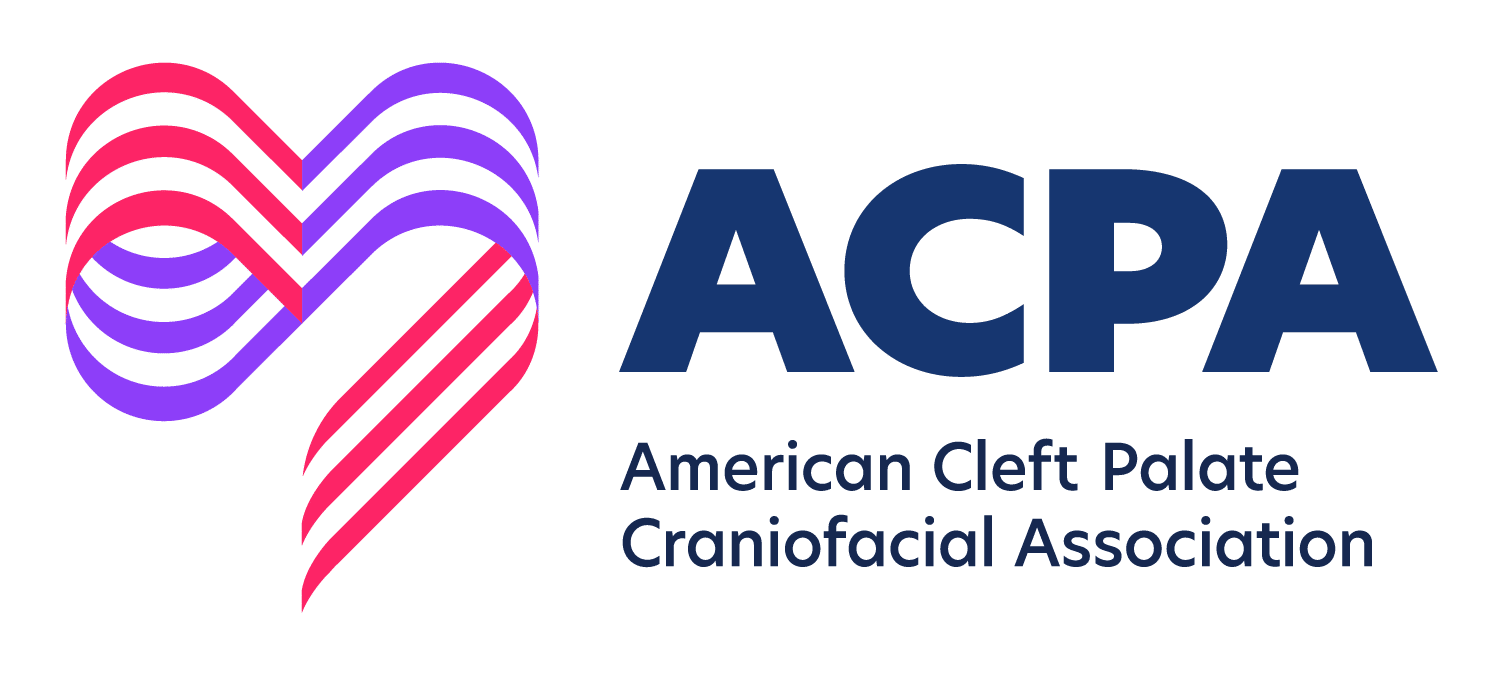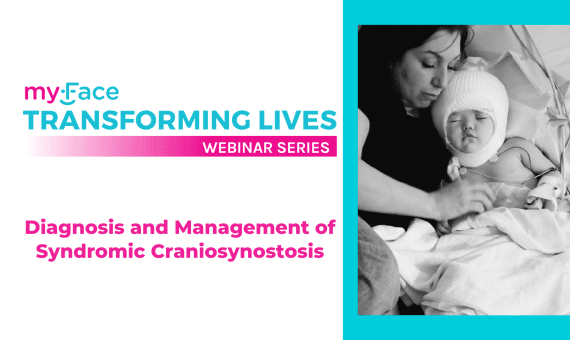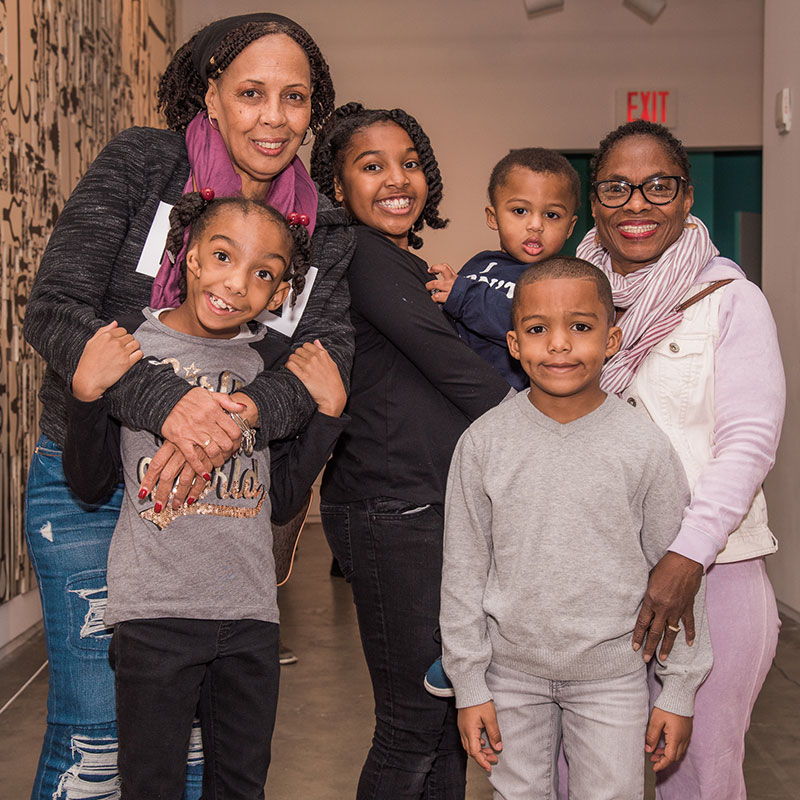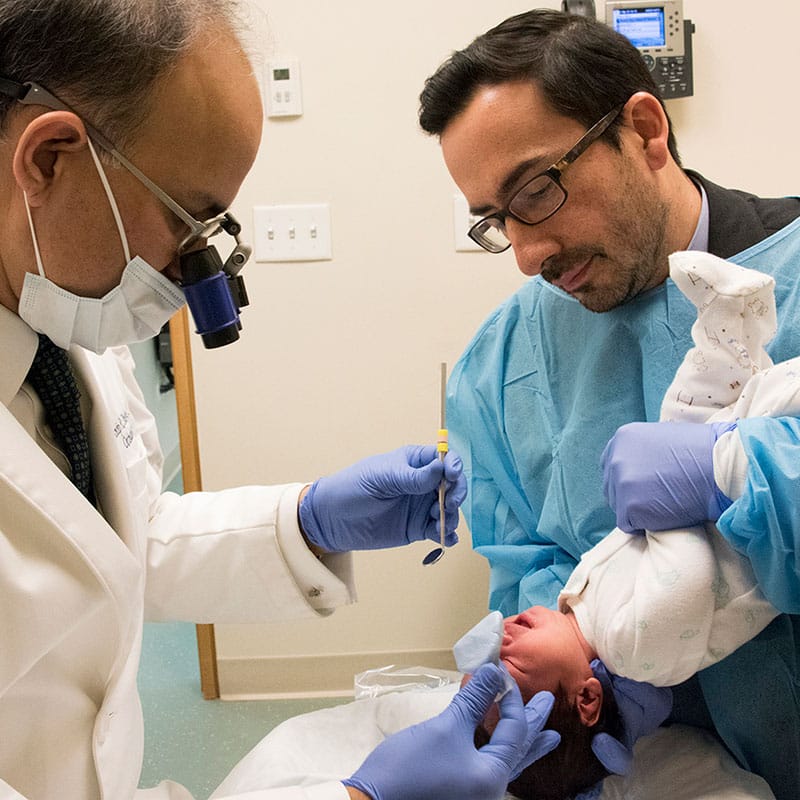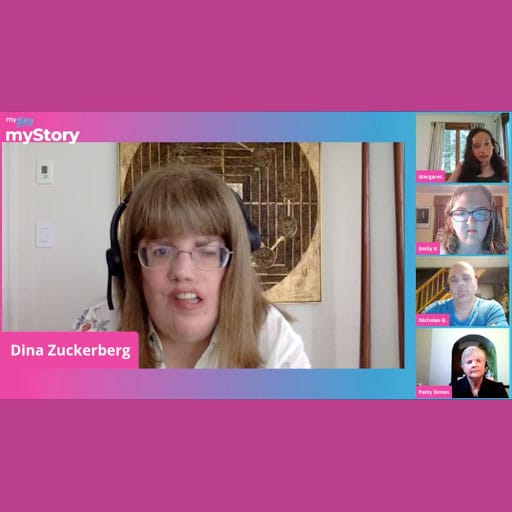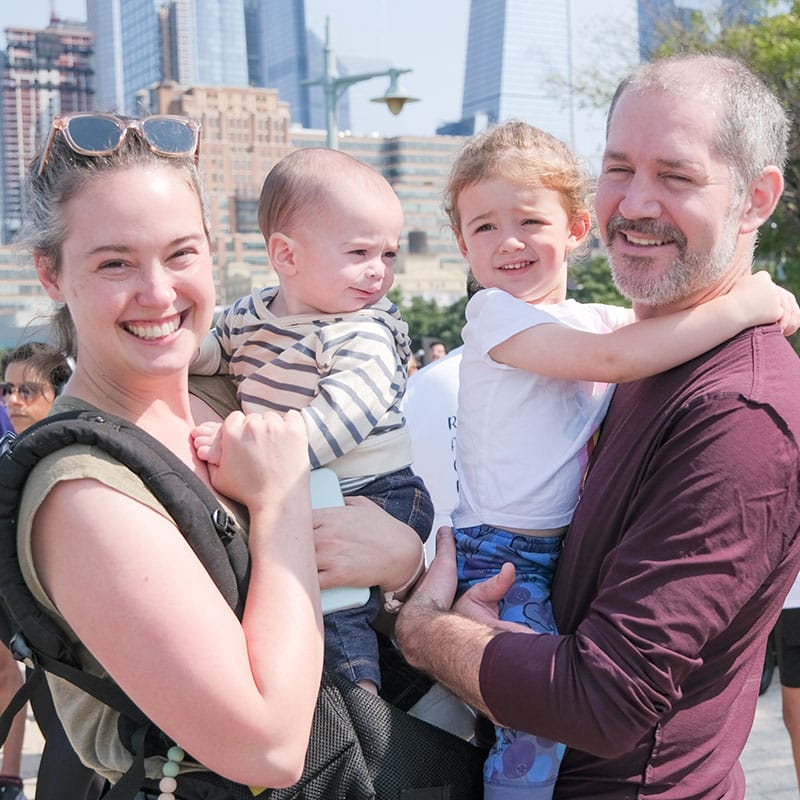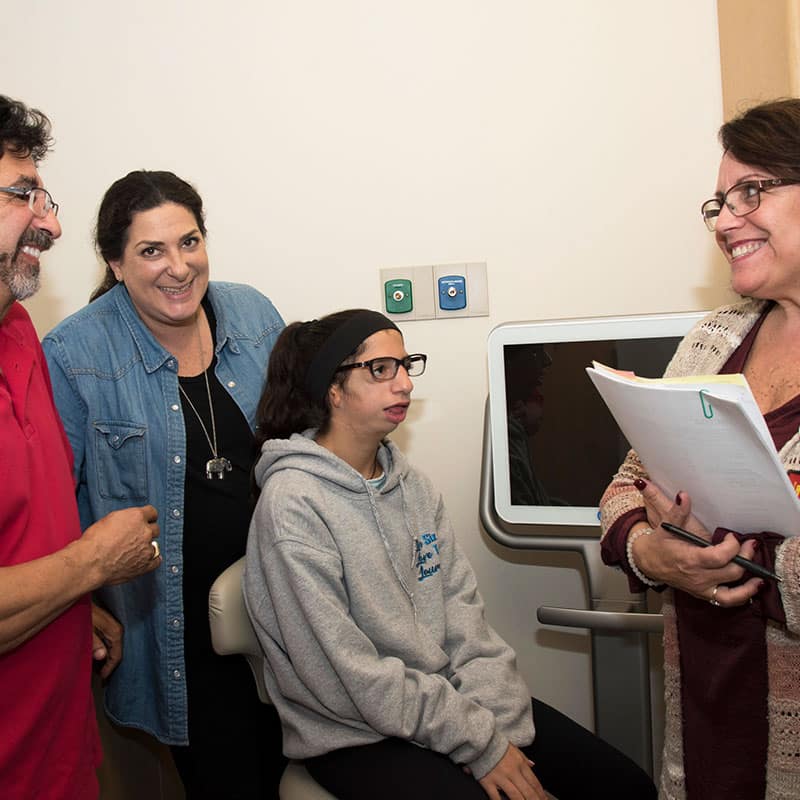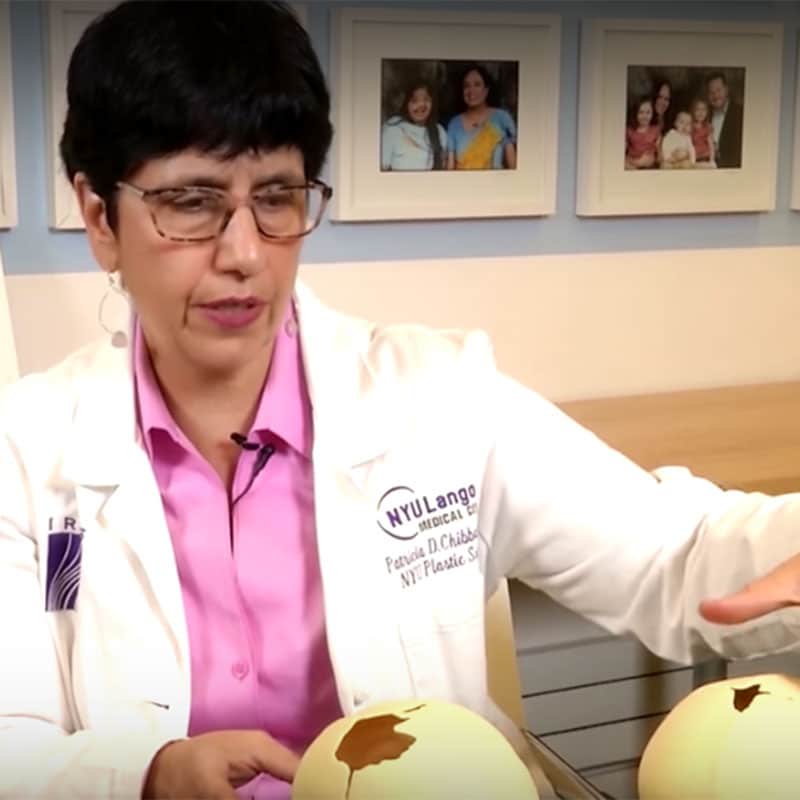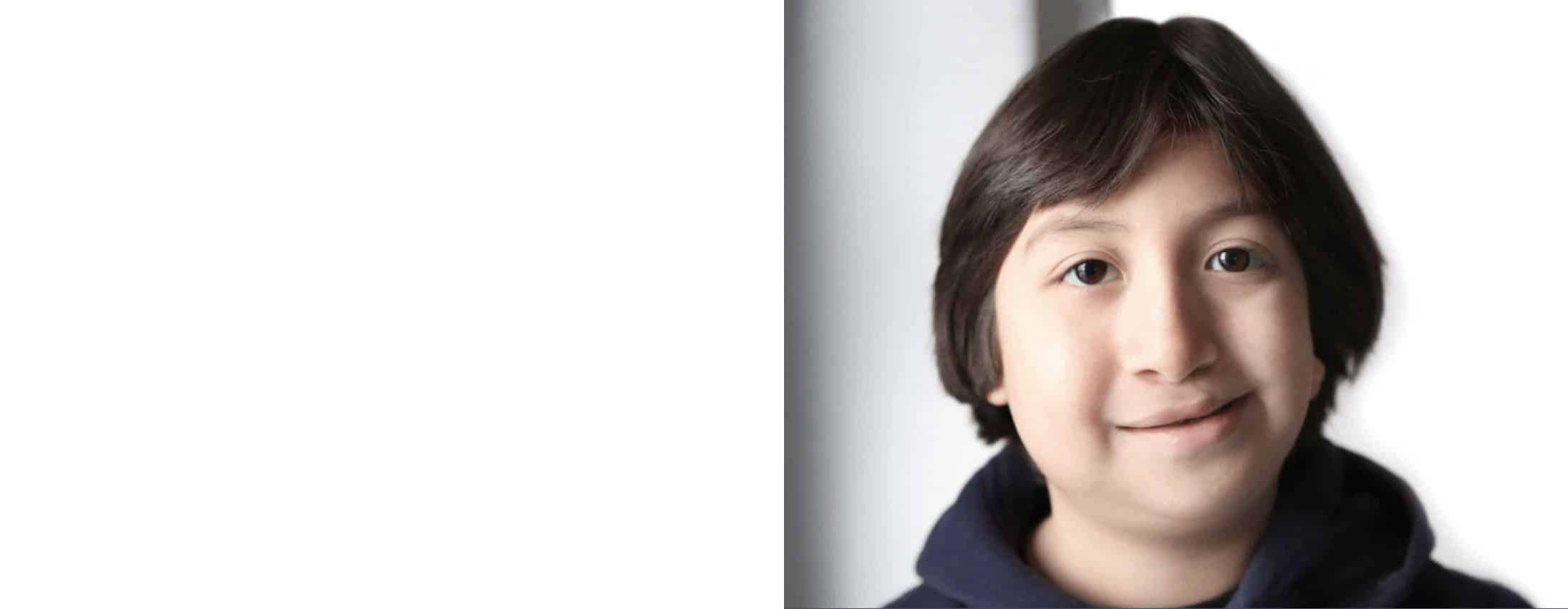Funding for this webinar is generously provided by The Milbank Foundation.
Please submit any questions for our speakers in advance of the webinar by emailing them to Sandy Gilbert. If you join us for the live webinar, you will also have the opportunity to ask questions directly using the chat feature.
LEARNING OBJECTIVES
- To describe syndromic craniosynostosis
- To explore the various surgical options available to families
- To discuss neurodevelopmental testing and outcomes
ADDITIONAL RESOURCES
(1) myFace’s Guide to Craniofacial Surgeries that provides in-depth information on some of the most common craniofacial surgeries.
(2) myFace’s Guide to Craniofacial Conditions
(3) Guideline on Treatment and Management of Craniosynostosis: Patient and Family Version from Faasse M, Mathijssen IMJ, & ERN CRANIO Working Group on Craniosynostosis
(4) Information about Crouzon Syndrome from myFace
(5) Information about Crouzon Syndrome from ACPA Family Services
(6) Information about Individualized Educational Plans (IEPs) and 504 Plans
GUEST SPEAKERS
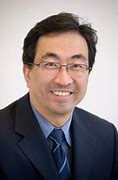
Division Chief of Plastic & Maxillofacial Surgery, Children’s Hospital Los Angeles
Audrey Skirball Kenis Endowed Chair and Chief of Plastic and Reconstructive Surgery, Keck School of Medicine of University of Southern California (USC)
Associate Dean of Surgery and Hospital Affairs of Oral and Maxillofacial Surgery, Ostrow School of Dentistry of USC Los Angeles, CA
Mark Urata, MD, DDS, is Professor and Division Head of Plastic and Maxillofacial Surgery at Children’s Hospital Los Angeles, Chair and Chief of the Division of Plastic and Reconstructive Surgery at the Keck School of Medicine, and Chair of the Division of Oral and Maxillofacial Surgery at the Ostrow School of Dentistry of the University of Southern California. He is a board certified and craniofacial trained surgeon. In addition to treating patients, Dr. Urata has a well-established track record in craniofacial research, both clinically and in the laboratory. In his clinical research, he has developed new techniques to improve current procedures and has assessed the outcomes of these novel surgical procedures to treat Pierre Robin Sequence and cleft lip and palate. In addition, Dr. Urata is always striving to improve outcomes for his patients, and is therefore especially interested in quality-of-life measures for people living with craniofacial conditions. Through his collaborations with molecular and developmental biologists, he has also had the honor of helping to start a translational medicine project with the aim of bringing a treatment for craniosynostosis that is less invasive than surgery from bench to bedside.
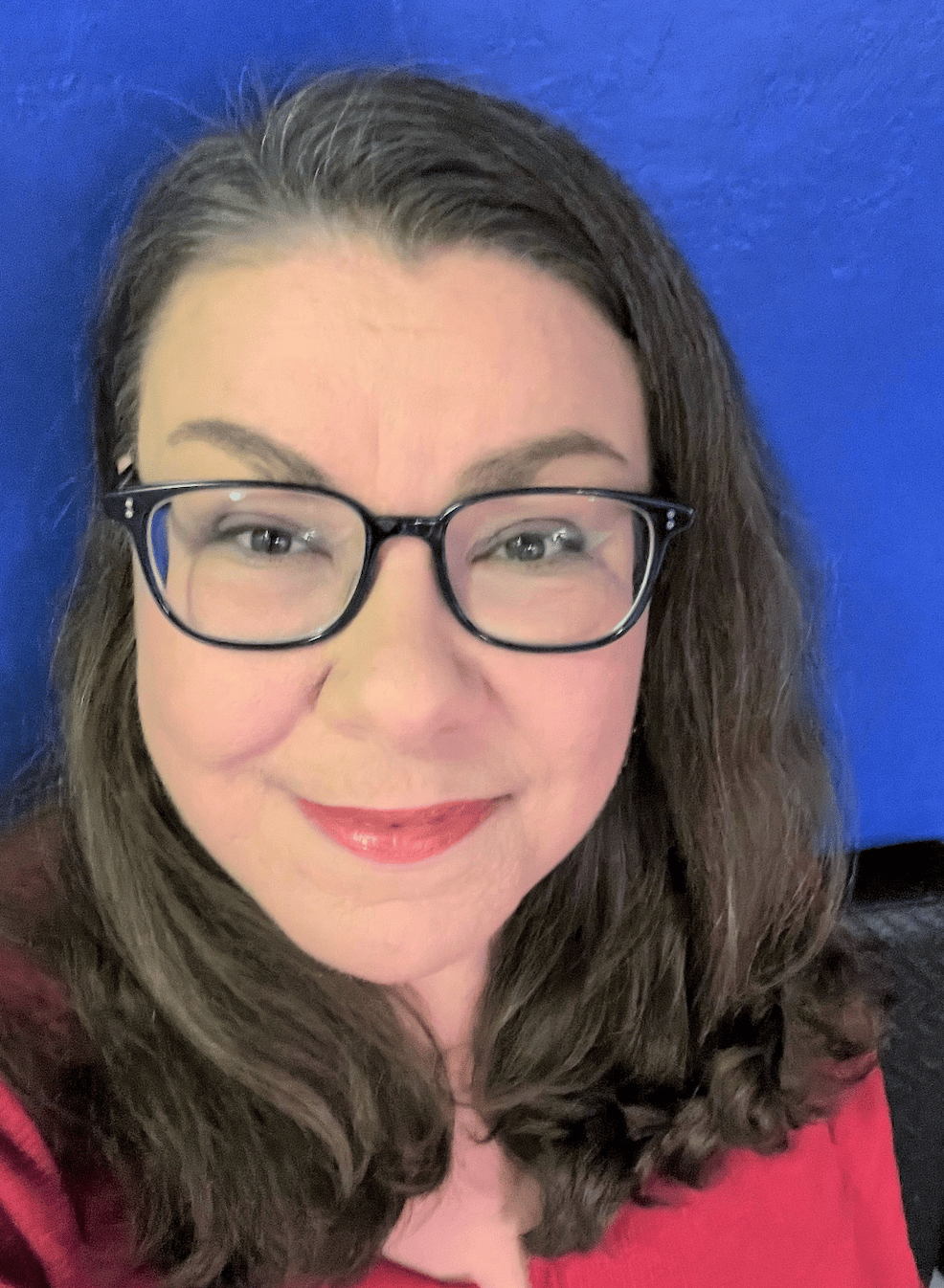
Alessia Johns, PhD, ABPP
Pediatric Psychologist, Children’s Hospital Los Angeles
Associate Professor of Clinical Pediatrics, Keck School of Medicine of University of Southern California, Los Angeles, CA
Alessia Johns, PhD, ABPP is a board-certified pediatric psychologist at CHLA in the Division of Plastic and Maxillofacial Surgery and the USC University Center for Excellence in Developmental Disabilities. She is an Associate Professor of Clinical Pediatrics at the Keck School of Medicine of USC. Dr. Johns has focused on craniofacial diagnoses since 2007 and represents psychology on several multidisciplinary teams, including Craniofacial, Craniosynostosis, Facial Paralysis, and Orthognathic Surgery. She provides individual, family, and group therapy and assessment in English and Spanish and supervises APA post-doctoral fellows. She is collaborating on several national and international research projects with craniofacial populations. She is editor for the Behavioral Sciences section of The Cleft Palate-Craniofacial Journal and participates in American Cleft Palate-Craniofacial Association (ACPA) committees.
REFERENCES
Abu-Sittah GS, et al. Raised intracranial pressure in Crouzon syndrome: Incidence, causes, and management. J Neurosurg Pediatr. 2016;17:469-475.
Bannink N, et al. Health-related quality of life in children and adolescents with syndromic craniosynostosis. J Plast Reconst Aesthet Surg. 2010;63:1972-1981.
Cornille M, et al. FGFR3 overactivation in the brain is responsible for memory impairments in Crouzon syndrome mouse model. J Exp Med. 2022;219:e20201879.
David DJ, et al. Apert syndrome: Outcomes from the Australian craniofacial unit’s birth to maturity management protocol. J Craniofac Surg. 2016;27:1125-1134.
de Jong T, et al. Long-term functional outcome in 167 patients with syndromic craniosynostosis: Defining a syndrome-specific risk profile. J Plast Reconst Aesthet Surg. 2010:63:1635-1641.
de Jong T, et al. Health-related problems and quality of life in patients with syndromic and complex craniosynostosis. Childs Ner Syst. 2012;28:879-882.
Faasse M, et al. Guideline on treatment and management of craniosynostosis: Patient and family version. J Craniofac Surg. 2023;34:418-433.
Ferguson KT, et al. The physical environment and child development: An international review. Int J Psychol. 2013;48:437-468.
Flapper WJ, et al. Intellectual outcomes following protocol management in Crouzon, Pfeiffer, and Muenke syndromes. J Craniofac Surg. 2009;20:1252-1255.
Greig AVH, et al. Pfeifer syndrome: Analysis of a clinical series and development of a classification system. J Craniofac Surg. 2013;24:204-215.
Judy BF, et al. Intraoperative intracranial pressure monitoring in the pediatric craniosynostosis population. J Neurosurg Pediatr. 2018;22:475-480.
Junaid M, et al. Association between craniofacial anomalies, intellectual disability and autism spectrum disorder: Western Australian population-based study. Pediatr Research. 2022;92:1795-1804.
Kilcoyne S, et al. Language development, hearing loss, and intracranial hypertension in children with TWIST1-confirmed Saethre Chotzen Syndrome. J Craniofac Surg. 2019;30:1506-1511.
Lloyd MS, et al. The quality of life in adult patients with syndromic craniosynostosis from their perspective. J Craniofac Surg. 2016;27:1510-1514.
Maliepaard M, et al. Intellectual, behavioral, and emotional functioning in children with syndromic craniosynostosis. Pediatrics. 2014;133:e1608-e1615.
Marucci DD, et al. Raised intracranial pressure in Apert syndrome. Plast Reconstr Surg. 2008;122:1162-1168.
Mathijssen IMJ, et al. Guideline for care of patients with diagnosis of craniosynostosis: Working group on craniosynostosis. J Craniofac Surg. 2015;26:1735-1807.
Maximino LP, et al. Syndromic craniosynostosis: Neuropsycholinguistic abilities and imaging analysis of the central nervous system. Arq Neuropsiquiatr. 2017;17:862-868.
Patton MA, Goodship J, Hayward R, Lansdown R. Intellectual development in Apert syndrome: a long term follow up of 29 patients. J Med Genet. 1988;25:164–167.
Reposo-Amaral CE, et al. Patient-reported quality of life in highest-functioning Apert and Crouzon syndromes: A comparative study. Plast Reconstr Surg. 2014:133:182e-191e.
Wang JC et al. Syndromic craniosynostosis. Facial Plast Surg Clin N Am. 2016;24:531-543.
Wenger TL, et al. A genotype-specific surgical approach for patients with Pfeiffer syndrome due to W290C pathogenic variant in FGFR2 is associated with improved developmental outcomes and reduced mortality. Genet Med. 2019;21:471-476.
Yacubian-Fernandes, A, et al. Apert syndrome: Factors involved in cognitive development. Arq Neuropsiquiatr. 2005;63:963-968.
Yacubian-Fernandes, A, et al. Crouzon syndrome: Factors involved in neuropsychological development and quality of life. Arq Neuropsiquiatr. 2007;65:467-471.
Yu, M, et al. Cranial suture regeneration mitigates skull and neurocognitive defects in craniosynostosis. Cell. 2021;184:243-256.
myFace is pleased to collaborate with the American Cleft Palate Craniofacial Association (ACPA) to present this educational program.
